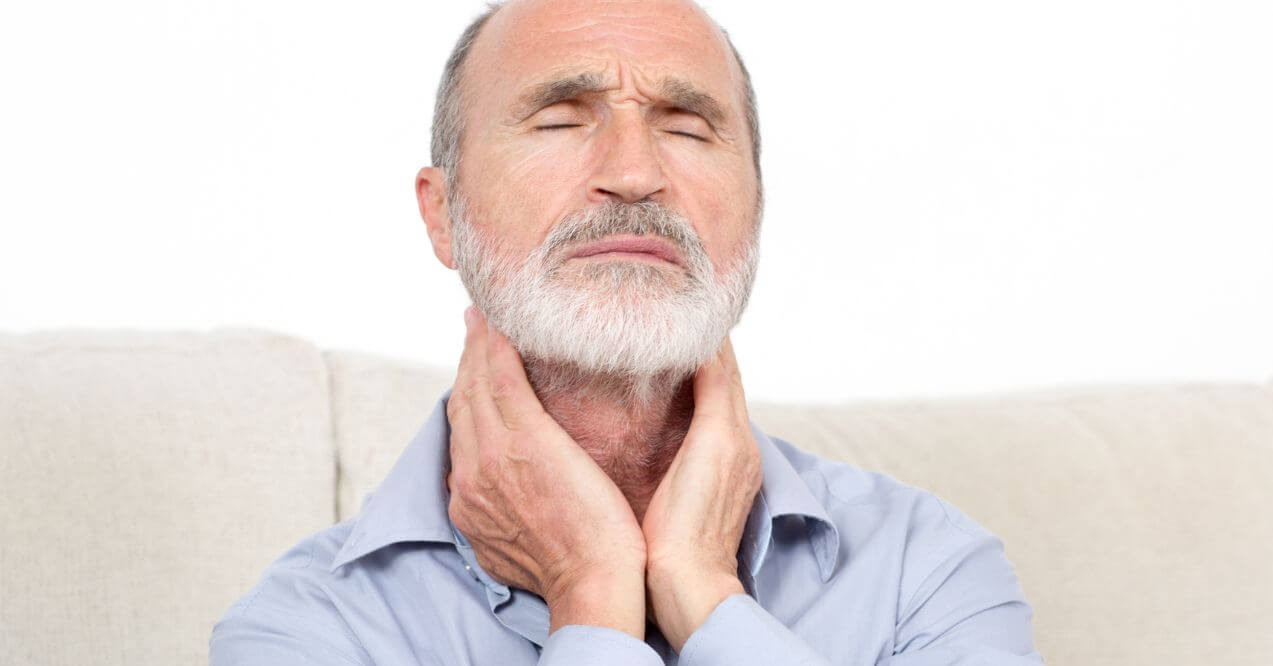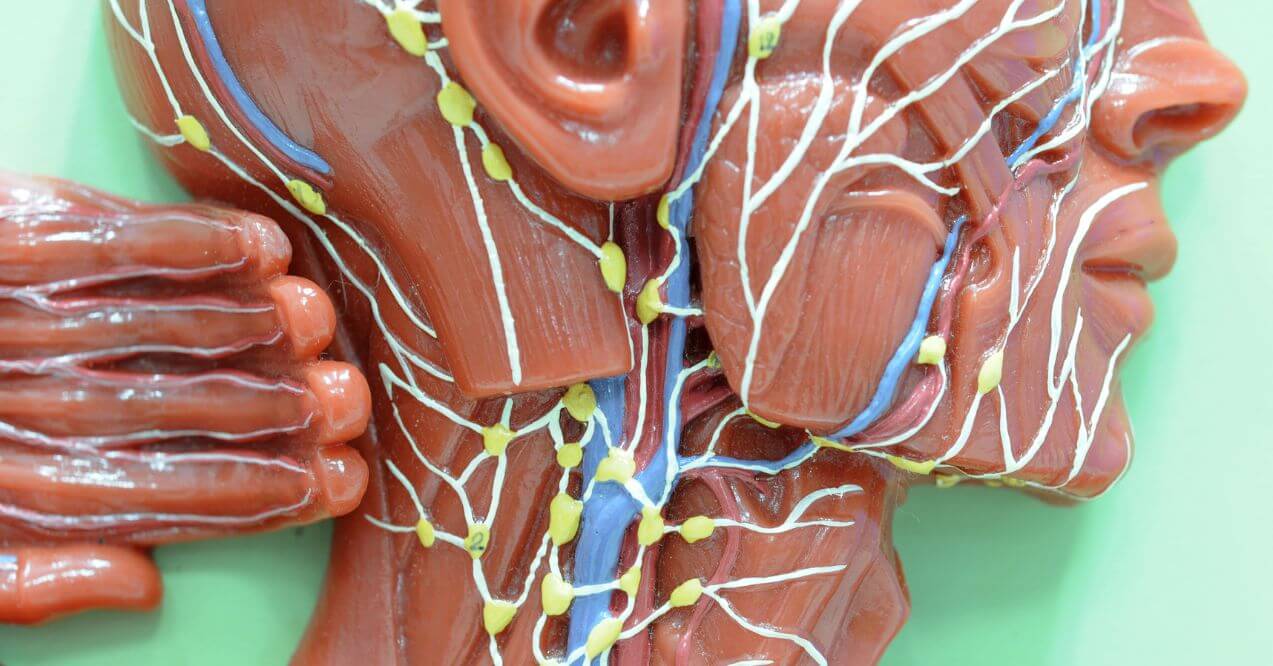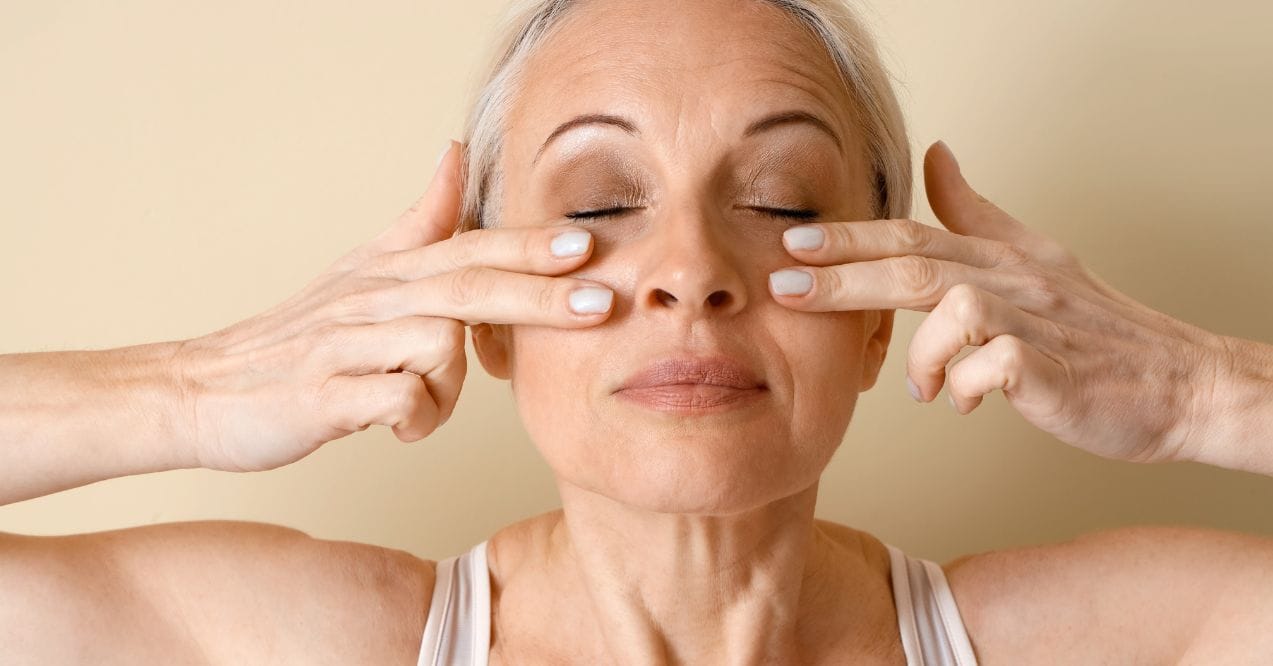Lipedema vs. Lymphedema
Struggling to tell lipedema vs. lymphedema apart? Learn about key differences and wellness approaches to support comfort.
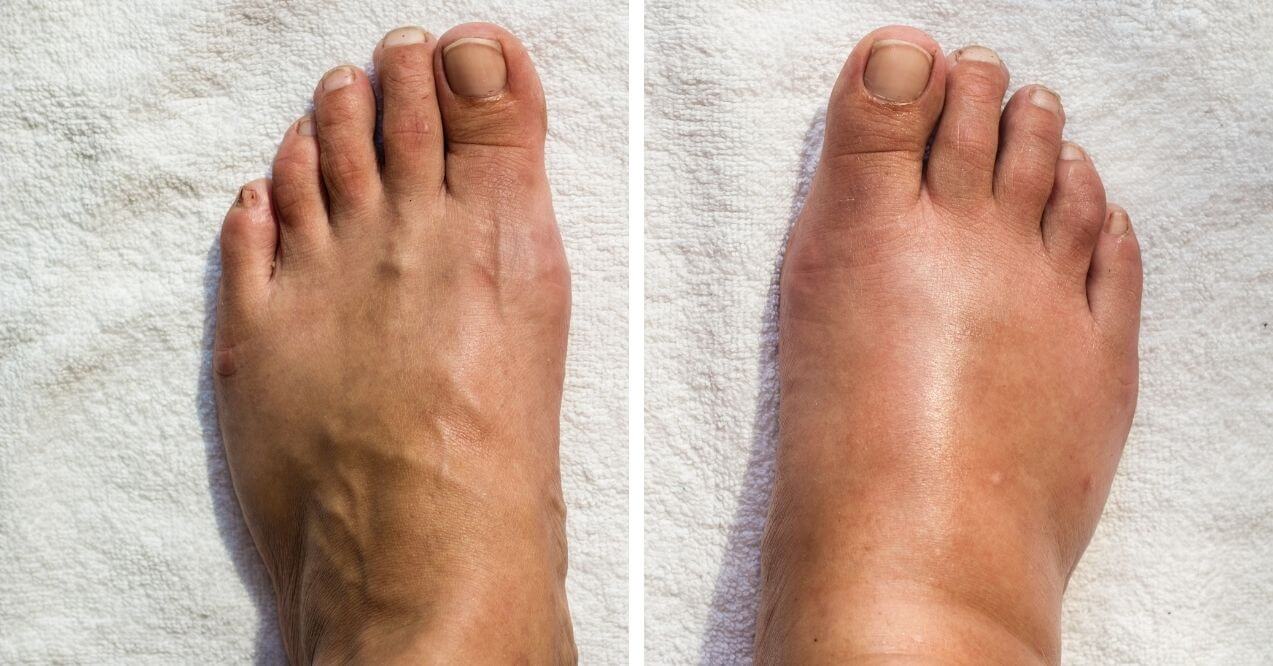

Lipedema vs. lymphedema – two conditions that share similar names but present distinct challenges for those affected. While both involve tissue changes and might impact daily life, their causes, symptoms, and treatments differ significantly. This guide provides clear information about these conditions to help you make informed decisions about your health.
What is Lipedema?
Lipedema affects the body’s fat tissue distribution, primarily in women. This progressive condition creates disproportionate fat accumulation, typically in the legs, thighs, and arms. The fat deposits develop symmetrically on both sides of the body, creating a distinct appearance where the upper body may be notably smaller than the lower body. Here’s a list of notable lipedema characteristics you should be aware of:
- Fat accumulates symmetrically on both sides of the body
- Affected areas feel tender and sensitive to touch
- The feet and hands typically remain unaffected
- Regular diet and exercise have minimal impact on affected areas
- The skin may feel cool and have a different texture
- Bruising occurs easily in affected areas

What is Lymphedema?
Lymphedema develops when the lymphatic system cannot effectively move lymph fluid through the body. This leads to fluid buildup, causing swelling typically in the arms or legs. Here are some key characteristics of lymphedema:
- Swelling that may affect one or both limbs
- Progressive fluid retention in affected areas
- Changes in skin texture and appearance
- Sensations of heaviness or tightness
- Limited range of motion in affected limbs
- Risk of skin infections in affected areas
Lipedema vs. Lymphedema: Key Differences
The difference between lipedema and lymphedema becomes clear when examining their specific characteristics:
| Characteristic | Lipedema | Lymphedema |
| Who it affects | Mostly women | Men and women |
| How it spreads | Always even on both sides | Can be on one or both sides |
| Where it appears | Legs, thighs, sometimes arms; hands and feet usually not affected | Any body part, often arms or legs, including hands and feet |
| Pain | Often painful to touch, bruises easily | Usually not painful unless infected |
| Effect of elevating limb | Doesn’t help much | Helps a little, especially early on |
This table shows the key differences between lipedema and lymphedema. Lipedema mainly affects women, causes swelling in legs and thighs, and is often painful. Lymphedema might affect anyone, can be uneven, may appear anywhere (including hands and feet), and is usually not painful unless infected. Raising the affected limb helps lymphedema more than lipedema.
Causes of Lipedema vs. Lymphedema
The difference between lymphedema and lipedema becomes even more apparent when looking at their causes.
| Cause | Lipedema | Lymphedema |
| Genetics | Likely inherited; may be triggered by hormones. | Primary: Inherited problems with lymph vessel development. |
| Hormones | Plays a big role; often starts or worsens during puberty, pregnancy, or menopause. | Not a direct cause. |
| Blood Vessels | Small blood vessels are damaged, causing easy bruising and circulation problems. | Blood vessel problems can happen because of lymphedema, but aren’t the main cause. |
| Lymph System | Minor changes in fluid movement; not the main problem. | Main problem is damaged or poorly developed lymph system. |
| Inflammation | Ongoing inflammation causes pain and tenderness. | Inflammation can be a result of fluid buildup. |
| Medical Solution | Not a direct cause. | Can be caused by surgery, radiation, or injury. |
| Other Illnesses | Not a direct cause. | Can be caused by conditions like vein problems, infections, or not being able to move easily. |
| Main Tissue Affected | Fat tissue. | Lymph system. |
This table clearly shows the key differences between lipedema and lymphedema. While both involve swelling, lipedema is primarily a hormonal and genetic condition affecting fat tissue, while lymphedema is a problem with the lymphatic system, often caused by other medical issues. Understanding these distinct causes is vital for proper diagnosis and treatment.
Symptoms of Lipedema vs. Lymphedema
So, which is worse lipedema or lymphedema? It depends on individual cases and how symptoms affect daily life. Each condition presents distinct signs:
Lipedema Symptoms
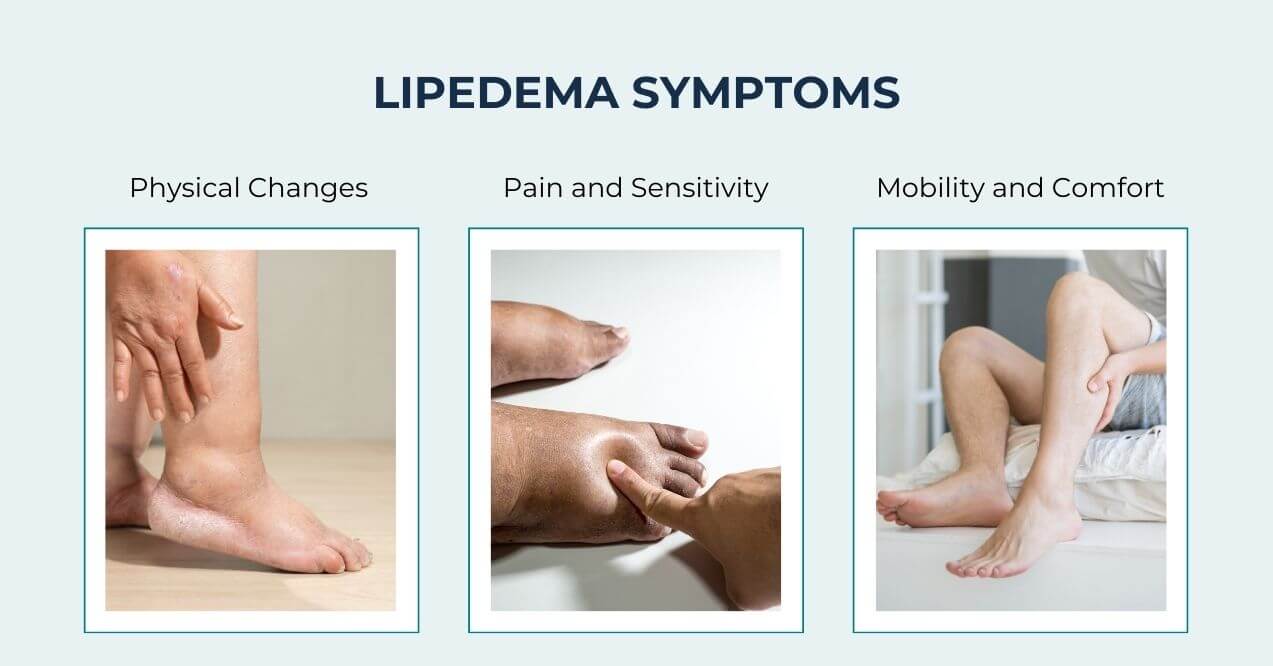
People with lipedema show several distinct signs that set this condition apart from others. Here are the main symptoms you might notice:
- Physical Changes – Fat builds up evenly on both sides of legs, thighs, and sometimes arms. The legs look like columns. The skin feels bumpy underneath, but feet and hands stay normal sized, creating a clear line at ankles and wrists.
- Pain and Sensitivity – Areas with fat buildup hurt when touched and feel more sensitive when moving or applying pressure. The skin feels cool to touch, and bruises form easily from small bumps because blood vessels are fragile.
- Mobility and Comfort – Over time, moving knees and hips becomes harder. Legs get tired quickly, making it difficult to stand or be active for long periods. Many people develop a distinct way of walking as both sides of the body are affected.
Lymphedema Symptoms
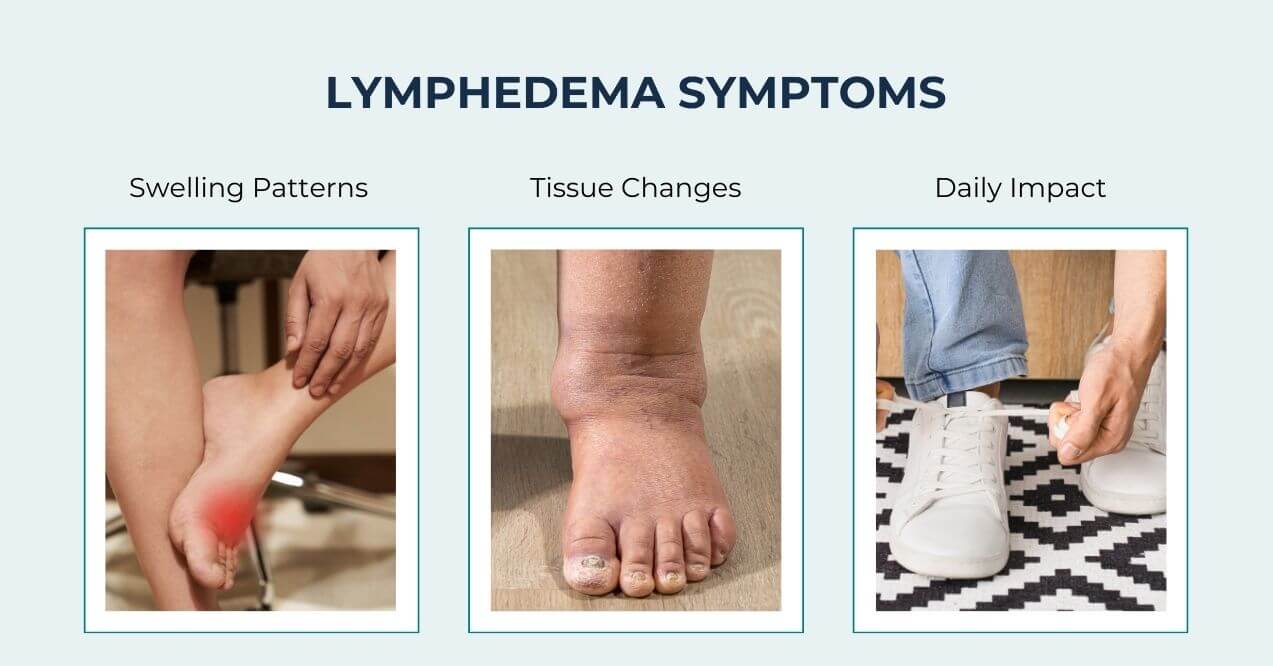
Lymphedema creates a different set of symptoms that develop and change over time. Here are the key signs to watch for:
- Swelling Patterns – Swelling usually starts in one area and spreads. It can occur anywhere but most often shows up in arms or legs. Swollen areas feel heavy and tight, and look larger than the normal side.
- Tissue Changes – The skin gets thicker and harder where fluid collects. It becomes tough and leathery over time. These changes make it easier to get skin infections.
- Daily Impact – Simple tasks become harder to do. Finding clothes and shoes that fit is difficult as swelling changes throughout the day. Joints don’t bend as easily, and the heavy feeling changes how people walk and move.
Stages of Lipedema vs. Lymphedema
Lipedema versus lymphedema progression patterns differ significantly, with each condition having distinct stages:
Lipedema Stages
Lipedema develops in distinct stages over time, with each stage showing more noticeable changes in the body. While not everyone goes through all stages, knowing these patterns helps track the condition’s progress. Early recognition of your stage helps guide the right treatment choices.
Stage 1 – The skin surface remains relatively smooth, but small nodules begin forming in the fat tissue beneath. While the texture changes are minimal, the affected areas start showing the characteristic symmetric distribution. At this stage, the tissue may feel softer and more pliable, though some tenderness might be present during pressure or touch.
Stage 2 – The condition advances with more pronounced tissue alterations. Larger nodules develop under the skin, creating an uneven, mattress-like surface texture. The affected areas become firmer to touch, and the distinction between healthy and affected tissue becomes more noticeable. Regular activities might start becoming uncomfortable due to increased tissue sensitivity.
Stage 3 – This stage marks significant progression with substantial changes in tissue structure. Large, deforming fat deposits create obvious lobules that can affect mobility. The skin surface shows marked changes with visible folds and texture alterations. Daily activities become more challenging as the tissue changes affect joint movement and overall comfort.
Stage 4 – The most advanced stage combines features of both lipedema and lymphedema. The tissue undergoes severe changes affecting both fat distribution and fluid dynamics. Mobility becomes significantly limited, and the risk of complications increases substantially. This stage often requires comprehensive medical management to address multiple symptoms.
Lymphedema Stages
Lymphedema moves through several stages, from mild to more serious. Each stage has clear signs that help healthcare providers choose the right treatment plan. Catching and treating lymphedema in its early stages gives the best results, though improvement is possible at any stage.
Stage 0 (Latent) – While no visible swelling is present, subtle changes occur within the lymphatic system. Patients might experience unusual sensations or heaviness in affected areas. This stage is crucial for early intervention, as proper management might help delay or prevent progression to more visible symptoms.
Stage 1 (Reversible) – Soft swelling appears but responds positively to elevation and movement. The tissue remains pliable with minimal structural changes. Temporary pitting may occur when pressure is applied, leaving brief indentations in the skin. With appropriate intervention, many symptoms at this stage may be effectively managed.
Stage 2 (Spontaneous) – The condition progresses to more persistent swelling that no longer improves significantly with elevation alone. Tissue changes become more pronounced, and consistent pitting edema develops. The affected areas start showing characteristic changes in texture and firmness, requiring more intensive management approaches.
Stage 3 (Advanced) – This stage represents significant progression with permanent changes to both tissue structure and function. The skin becomes notably thickened and hardened, often with a leathery appearance. Joint mobility becomes increasingly limited due to the extensive tissue changes. The risk of complications, including infections and further tissue alterations, increases substantially.
Diagnosing Lipedema vs. Lymphedema
What is lipedema and how does it differ from lymphedema in terms of diagnosis? Medical professionals use specific approaches to identify each condition:
Diagnostic Process for Lipedema
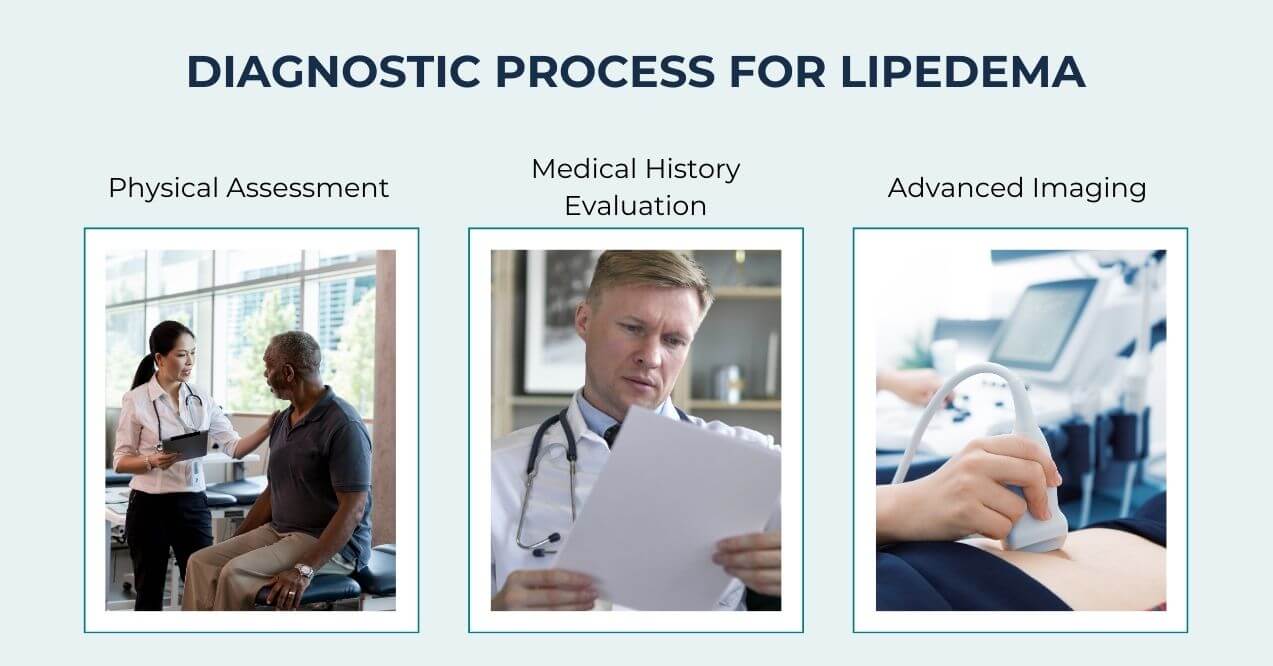
Physical Assessment – Healthcare providers examine the distribution and texture of fatty tissue, noting the characteristic symmetric pattern and sparing of hands and feet. They evaluate tissue texture through careful palpation, identifying the presence of nodules and assessing skin temperature and sensitivity in affected areas.
Medical History Evaluation – Professionals review the timing of symptom onset, particularly in relation to hormonal changes. They gather information about family history, progression patterns, and previous weight management efforts. This history helps distinguish lipedema from other conditions affecting body composition.
Advanced Imaging – While not always necessary for diagnosis, imaging techniques such as ultrasound may reveal specific tissue patterns characteristic of lipedema. These tests can show the structure of fat deposits and help differentiate from other conditions affecting the limbs.
Diagnostic Process for Lymphedema

Clinical Examination – Healthcare providers assess swelling patterns, skin changes, and tissue texture. They measure limb circumference at multiple points and compare sides to quantify differences. The Stemmer sign test, checking for the ability to pinch and lift skin at the base of the toes or fingers, provides valuable diagnostic information.
Medical Imaging – Specialized tests like lymphoscintigraphy may be used to evaluate lymphatic flow and identify blockages or abnormalities in the lymphatic system. Other imaging methods such as MRI or CT scans can help visualize tissue changes and rule out other conditions.
Solutions for Lipedema
The difference between lipedema and lymphedema becomes particularly important when considering treatment approaches.
Lymphedema management typically involves strategies aimed at maintaining comfort and mobility. Some individuals work with healthcare professionals to explore options like specialized massage, compression garments, or movement-based techniques.
Wearing compression garments or using bandages helps control swelling. These come in different types and strengths based on how severe the swelling is and which body parts are affected. People may wear compression sleeves during the day and use bandages at night.
When these basic treatments don’t work well enough, doctors might suggest surgery. Options include moving healthy lymph nodes to areas that need them or creating new paths for fluid to drain. Surgery choices depend on how advanced the condition is and the person’s overall health.
Solutions for Lymphedema
Lymphedema management strategies often focus on maintaining comfort and mobility. Some individuals explore massage techniques, gentle movement, or compression garments as part of their wellness routine.
When basic treatments don’t provide enough relief, doctors might suggest surgery. Options include moving healthy lymph nodes to problem areas or creating new paths for fluid to drain. The choice of treatment depends on how severe the condition is and the person’s overall health status. Most people get good results from non-surgical treatments when started early.
Preventative Measures
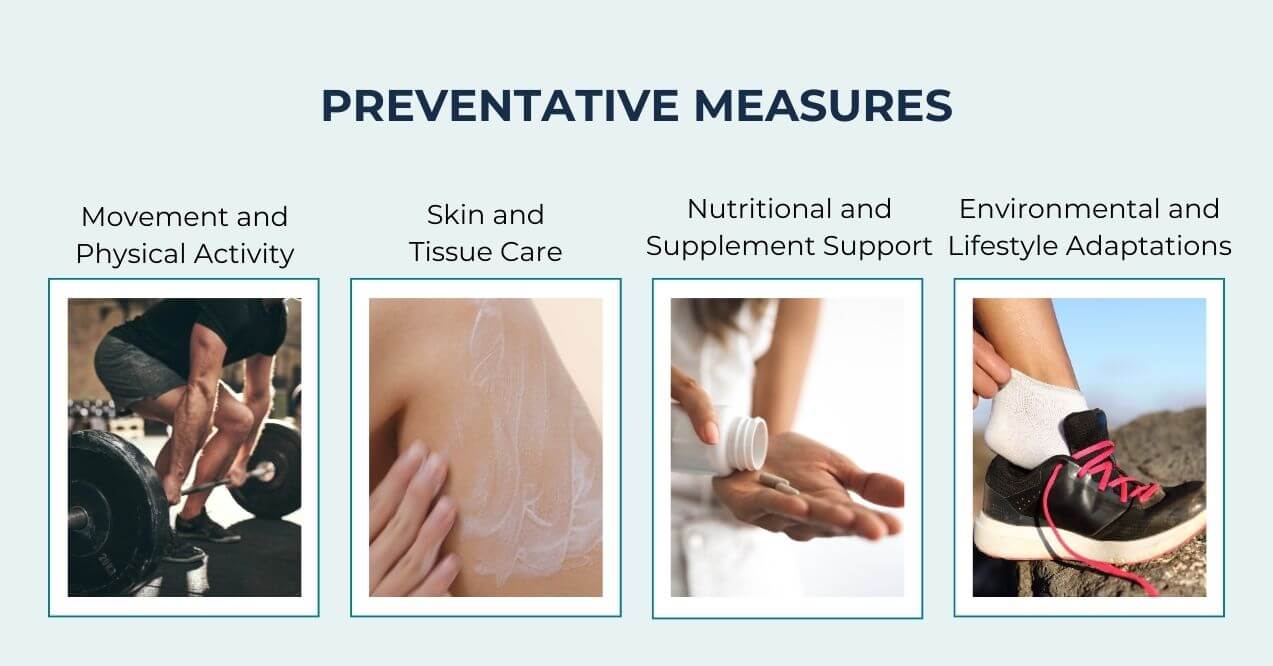
While some risk factors for lipedema and lymphedema cannot be modified, several strategies may help manage symptoms and slow progression.
Movement and Physical Activity
Regular physical activity supports both lymphatic and circulatory health. Low-impact exercises like swimming, walking, or gentle yoga help maintain joint mobility and promote fluid movement without placing excessive stress on affected tissues. The key lies in finding activities that can be maintained consistently without causing discomfort or tissue trauma. For optimal results, aim to incorporate movement throughout the day rather than single lengthy sessions.
Skin and Tissue Care
Maintaining skin integrity plays a crucial role in preventing complications. This involves regular moisturizing, prompt attention to any cuts or scratches, and avoiding tight clothing or jewelry that might restrict circulation. For those with lymphedema, particular attention to nail care and skin hygiene helps prevent infections that could worsen the condition. Developing a daily skin care routine helps ensure consistent attention to these important aspects of tissue health.
Nutritional and Supplement Support
A balanced approach to nutrition supports overall tissue health and helps maintain a stable weight. Focus on foods that support circulation and reduce inflammation while ensuring adequate protein intake for tissue maintenance. Natural lymph system supplements might offer additional support for vascular and lymphatic health. Knowing what are the worst foods for lymphatic system health may help you make better dietary choices for managing these conditions.
Also, learning how to clean your lymphatic system through proper nutrition and lifestyle choices plays a vital role in long-term management. Dr. Holly Lucille, ND, recommends a balanced approach that includes botanicals traditionally known for supporting lymphatic health, such as Echinacea, Dandelion, and Burdock Root. These natural ingredients are often found in supplements formulated to support healthy lymphatic function and circulation.
Discover our premium lymph system supplements collection. Support optimal lymphatic flow, maintain healthy circulation, and promote overall well-being with our scientifically formulated botanical blends.

Environmental and Lifestyle Adaptations
Making thoughtful adjustments to daily activities may help protect affected tissues. This includes modifying workspace ergonomics, choosing appropriate footwear, and planning activities to avoid prolonged standing or sitting. Temperature management also plays a role, as extreme heat or cold can affect fluid dynamics in the tissues. Creating an environment that supports healthy circulation and lymphatic flow helps maintain long-term tissue health.
A structured lymphatic system cleanse may help optimize your body’s natural fluid balance when combined with proper medical guidance.
Key Takeaways
The difference in lymphedema vs lipedema impacts every aspect of care management. Early recognition of symptoms leads to better outcomes – watch for symmetric fat distribution and tissue tenderness in lipedema, and persistent swelling or limb size changes in lymphedema. Working with healthcare providers who understand these conditions ensures appropriate care, particularly specialists in vascular medicine, lymphatic disorders, and physical therapy.
Support networks and educational resources provide valuable guidance and emotional support. While these conditions present ongoing challenges, proper management strategies can help maintain quality of life. Regular communication with healthcare providers ensures treatment plans evolve to meet changing needs and incorporate new advances in care.
Yes, it’s possible to have both conditions simultaneously. In fact, advanced lipedema (Stage 4) often involves secondary lymphedema as enlarged fat deposits can impair lymphatic flow, leading to a combined condition sometimes called lipo-lymphedema.
Lymphedema affects the body’s fluid balance and can cause fibrotic tissue changes. This altered tissue state, combined with reduced mobility and inflammation, can impact metabolism and make traditional weight loss approaches less effective.
While extremely rare, men can develop lipedema. However, the condition affects almost exclusively women, with estimates suggesting less than 1% of lipedema cases occur in men. Most male cases are linked to hormonal imbalances.
Look for key differences: Lipedema appears symmetrically and spares hands/feet, while lymphedema can affect one side and includes hands/feet. Lipedema tissue feels nodular and painful; lymphedema typically causes non-painful swelling.
Low-impact exercise can help manage lipedema symptoms by supporting circulation and maintaining joint mobility. While it won’t reduce lipedema fat deposits, regular physical activity helps prevent progression and maintains overall function.
Neither condition has a cure, but both can be effectively managed with proper treatment. Various approaches, including compression therapy, specialized physical therapy, and in some cases, surgical interventions, help control symptoms.
Sign up for our Healthy Living newsletter!
Advertisement. This site offers health, wellness, fitness and nutritional information and is designed for educational purposes only. You should not rely on this information as a substitute for, nor does it replace, professional medical advice, diagnosis, or treatment. If you have any concerns or questions about your health, you should always consult with a physician or other health-care professional. Do not disregard, avoid or delay obtaining medical or health related advice from your health-care professional because of something you may have read on this site. The use of any information provided on this site is solely at your own risk.



